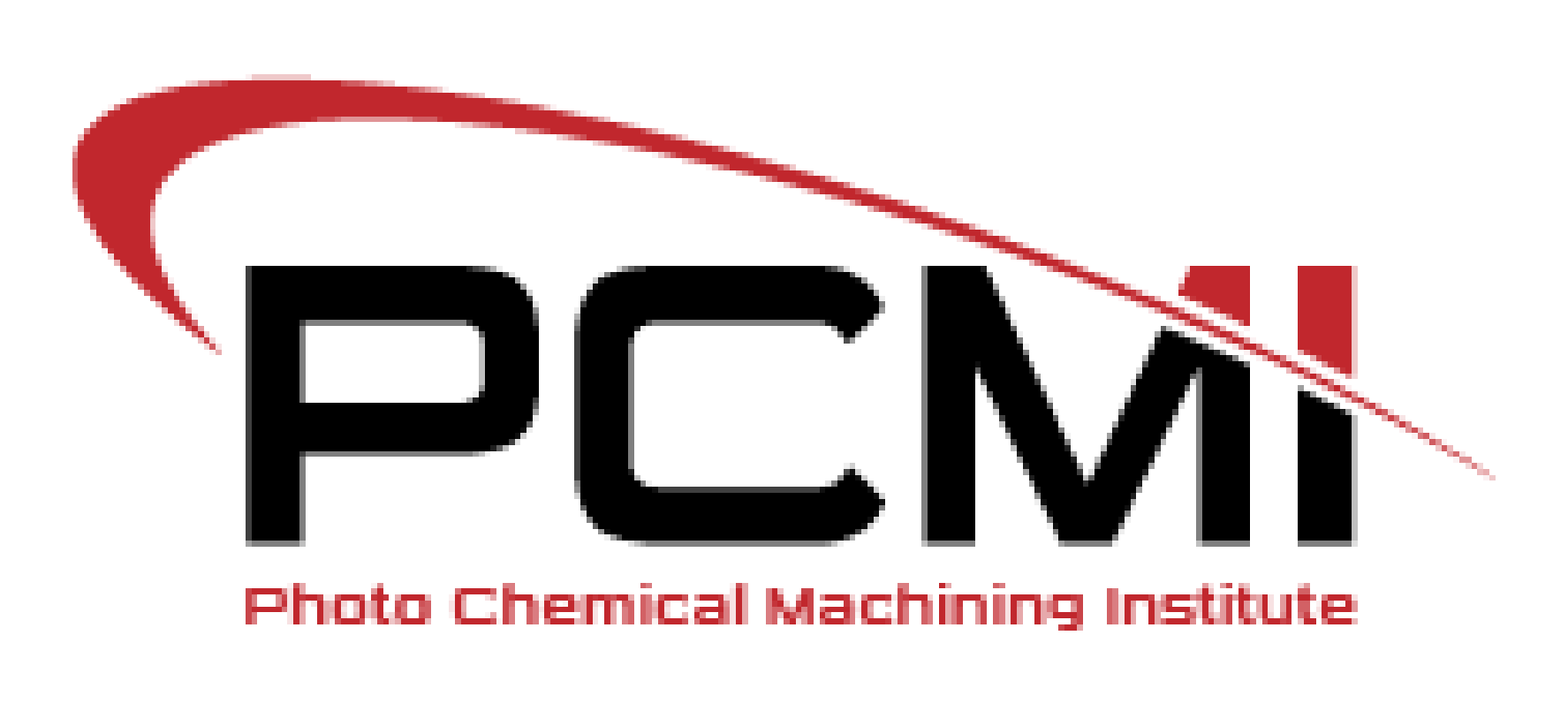PCM Technology
The PCM process is becoming increasingly more viable as a preferred manufacturing process over some of the more established processes such as wire EDM and laser.
With an unrelenting interest in continually developing PCM technology, PCMI is well positioned to support further and substantial growth, within what is already a thriving, multimillion dollar industry.
- Solve Complex Problems
- Improve Accuracy
- Increase Volume Capacity
- Work More Successfully with a Wide Rage of Materials
- Reduce Costs
Low Cost Tooling
All the tooling is created via CAD in a relatively short time with no long-winded mechanical processes involved. In the unlikely event of the tooling “wearing out” replacement costs are minimal.
Prototype to Production
PCM can be used to make one or a million parts, with the same tooling used every time. This allows the engineer or designer to develop their concept from prototype to pilot to full production quickly and easily.
Identification Marks
Company logos, part numbers or other identifying marks can easily be etched into the surface during manufacture at no extra cost.
Low Cost Modifications
The PCM process allows the designer to carry out practical experiments at a minimum cost. Short runs are possible ensuring that cost effective improvements are easy to implement.
Metal Properties Unaffected
PCM carries the unique advantages of leaving the internal structure of the metal unchanged. Neither does it affect the properties of the metal with regard to hardness, grain structure, or ductility of the metal.
Burr Free
Some processes leave finished parts with a burr which is detrimental to the functioning of the parts. The PCM process produces burr free components, thus removing the need for costly time-consuming de-burring.
PCM Animated Video
Photochemical machining (PCM) is a manufacturing process used to produce precision metal parts and components. This process is particularly well-suited for producing intricate and complex parts with high accuracy.
Here’s an overview of how the photochemical machining process works:
PCM Process
What is Photo Chemical Machining?
The PCM Process by Professor David Allen, Cranfield University, UK. D.Allen@cranfield.ac.uk.
Terminology and Products
Photo Chemical Machining (PCM) is also known as Photo Etching , Photo Chemical Milling, Photofabrication and Chemical Blanking. It plays a valuable role world-wide in the production of precision parts and decorative items, mainly sheets and foils.
Products include:
Color television shadow masks
Integrated circuit lead frames
Surface mount paste screens
Heat ladders, plates and sinks
Decorative ornaments
Jewelry
Washers, shims and gaskets
Grills, grids, sieves and meshes
Optical attenuators, choppers and encoder disks
Signs, plagues and nameplates
Photo Chemical Machining Process
1. Artwork Generation and Phototool Production
Various methods exist for the production of phototools. The most commonly-used method is to produce a phototool of the correct size by using a laser photoplotter to selectively expose a photographic film according to computer-aided design data. Once this master image has been made it may be ‘stepped and repeated’ and contact printed to form a multiple image, registered, double sided phototool for use in production.
2. Metal Preparation
Before coating the metal with photoresist, the metal is thoroughly cleaned to remove all dirt, rust, greases and oils so that good adhesion to the photoresist is obtained.
3. Photoresist Coating
Photoresists are UV light-sensitive polymers that may be applied to the metal as a liquid by dip coating, flowing, roller-coating or electrophoresis. Dry film photoresists are applied by hot roller lamination.
4. Photoresist Processing
The coating of the metal sheet with photoresist sensitises it. When this sensitised metal is put into the double-sided phototool and is exposed to UV light on both sides, an image is formed in the photoresist. This is then developed in a liquid formulation to form an adherent, durable image on both sides of the metal.
5. Etching
Virtually all materials can be etched, although some are etched more readily than others. The vast majority of PCM companies etch a very wide range of metals employing a relatively innocuous etchant, an aqueous solution of ferric chloride. It is important to ensure that the by products of the etching process are soluble in the etchant solution so that etching can proceed quickly. To maintain a constant etch rate, lower environmental impact and improve economics, some companies regenerate their ferric chloride etchant in-house.
6. Stripping and Inspection
The final process of PCM is to strip off the resist, ensure that the metal is clean and that the dimensional specifications requested have been satisfied.
